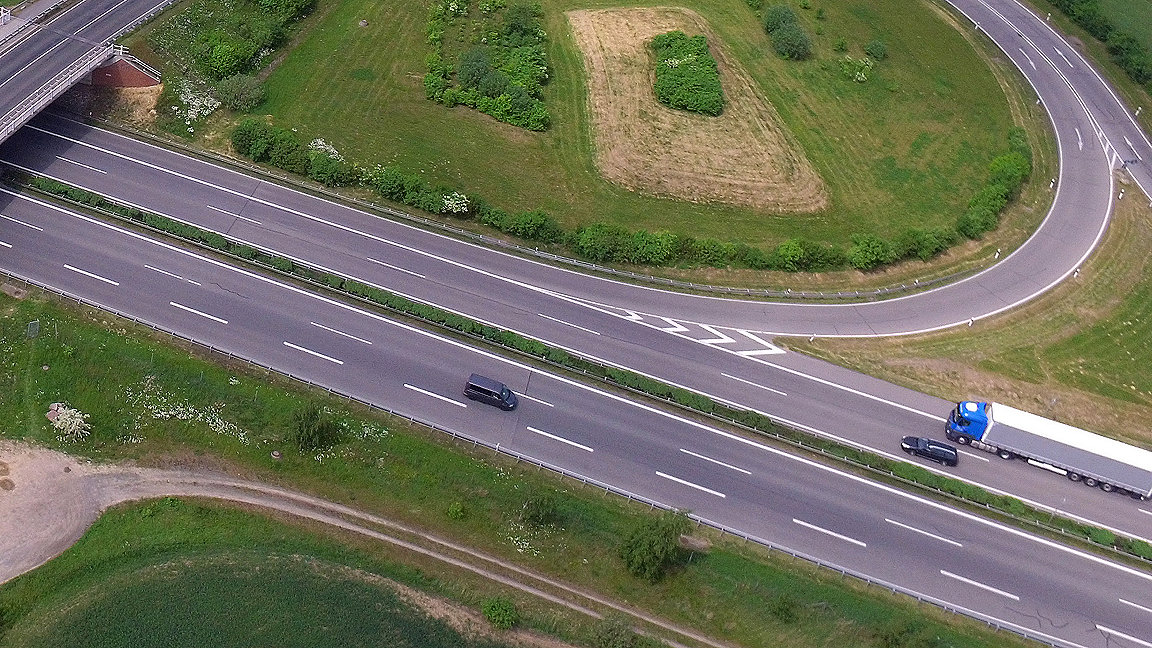
Article glossary
Client maturity
How knowledgeable and experienced a client is about the construction process.
Closed economy
A completely self-sufficient economy, with no imports or exports from international trade.
Contingency
An amount of money reserved to cover unforeseen project costs.
Data maturity
How advanced an organisation's or a project's data analysis is.
Data normalisation
The process of organising data in a database so that users can adequately interrogate and analyse it.
Open economy
An economy in which a significant percentage of goods and services are traded internationally.
Project abnormals
Costs other than those typically encountered for the project funding route, including costs accruing due to circumstances outside the project manager's control.
Sensitivity analysis
A tool for considering how different values of an independent variable affect a dependent variable under a given set of assumptions. In the context of infrastructure this could be the cost of a certain material, the overall cost estimate and the proposed design.
'On my projects, I try to be involved at as early a stage as possible'
Alastair Wolstenholme, Gardiner & Theobald LLP
The UK construction industry should be well set up in terms of cost prediction: we have agreed methods, standards and design stages. Evidently, however, there can still be issues on projects.
In order to improve, we need to develop the way we normalise and interpret data. In particular, we need to improve our understanding of project specifics and abnormals, as this is where data can often be misinterpreted.
We also need to better comprehend the reasons for overspending on projects, especially larger public and infrastructure projects. A key consideration is procurement; the way we buy and procure work and how risk is apportioned.
It's also important that we have a fundamental understanding of the stages of projects we are working on, what is expected at each of these and what level of contingency is appropriate. We must also appreciate design maturity – both what it is and how it evolves over different stages and in different disciplines.
Understanding scope from the outset is vital for the client and the project team alike: if a client's scope changes we need to understand how it will be accounted for, whether a contingency sum exists and what the process is for instigating a change.
Predicting what information looks like through all stages – whether it be during the feasibility, design development, or procurement stages – is very important. It relies on transparency early in the project and an understanding of what information should be produced at each stage.
On my projects, I try to be involved at as early a stage as possible. I think I can add value early on by being integral to the design process and procurement and delivery methodology. It is important as a surveyor to be involved from the start, rather than being handed a designed project simply to cost.
Alastair Wolstenholme MRICS is a partner and board member at Gardiner & Theobald
Contact Alastair:
'It's about understanding the different standards and processes that are used in different countries, and aligning and normalising them at the start of a project'
In order to get the most out of data as businesses and as an industry, normalising that data is key, whether it be for estimating, benchmarking or cost estimating.
From a global perspective, the uncertainty on a project is influenced by a number of factors including the economic controls within a country, whether it's a closed or an open economy. These things are often difficult to normalise. What can be normalised, however, is the inputs, and this process needs to be done as early as possible.
It's about understanding the different standards and processes that are used in different countries and aligning and normalising them at the start of a project. Often, cost overruns occur because data hasn't been normalised before use, resulting in uncertainty and risk. In this sense, overruns are actually underestimations.
The quality and maturity of data is extremely important, but the structure around it is what is essential. It's the structure that makes data useable. The ICMS structure provides data at such a level of granularity that, as you move through a project, you can renormalise as needed.
Provide feedback on the professional statement
RICS is undertaking research to get feedback on the Cost prediction global professional statement. This feedback will ensure RICS can shape future standards and guidance.
The feedback questionnaire takes 5 minutes, please do share your views.
'As technology advances, and we learn more about the internet of things as we use it, we'll likely turn the cost estimation process upside down'
Simon Cross, Cast
I see cost as an output of activities. You need to estimate based on your understanding of the previous project; in effect, former projects become inputs for new ones.
But all the same, we don't currently look at the data in enough detail. We don't properly understand what activities on site are adding value to construction. Pre-manufactured value is something we're implementing as a strategy at our consultancy, Cast, because this can make construction costs more predictable and certain, improving both cost outcomes and wider build-purpose outcomes.
I think that as technology advances, and we learn more about the internet of things as we use it, we'll likely turn the cost estimation process upside down. We'll start to think first about how we actually construct, with a fuller understanding of how we add value, and then think about the associated cost as an output.
This will mean that we need to know how much time and resource is being put into a defined process through an optimised workflow to add value, or how we do something, rather than how much time and resource we estimate due to previous experience of a task.
Simon Cross is a director at Cast Consultancy
Contact Simon: Email
'It's important to consider the language you use and the way you communicate, and adapt that to the maturity of the client'
Mark Lyddon MRICS, Turner & Townsend
As cost managers and estimators, we are expected to provide different levels of service, depending on the client’s needs. Some clients will be looking for surveyors to advise on best practice and how things should be done, whereas clients with more mature processes will require cost comparisons and assurance that they are as efficient as possible.
It's important to consider the language you use and the way you communicate, and adapt that to the experience of the client. Take the client through what you're doing and explain what things mean: for example, a single point estimate may be relevant for a particular business case or report to the board, but from a programme perspective it isn't appropriate. You need to make sure you have additional funding allowances should they be needed.
The cost estimating team should be at the core of the programme or the project. They need to be in a position to use data to shape and control the budget, and make sure that designers and scope are held to account. Often, cost estimators are simply seen as bearers of bad news, rather than being a function at the core of the team that can protect the client's interests and ultimately enhance project performance.
Mark Lyddon MRICS is a director at Turner & Townsend and the infrastructure lead for the UK Midlands region
Contact Mark: Email | LinkedIn
Related competencies include: Cost prediction and analysis, Design economics and cost planning, Project controls
More in this series
Part one: How do we improve cost estimating?
The RICS Cost Prediction global professional statement came into effect in July. In the first of a two series, several industry leaders share their views on the issues in estimation that it seeks to address

